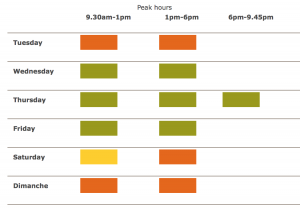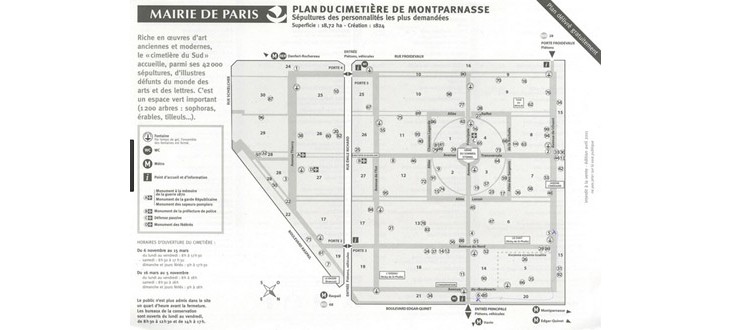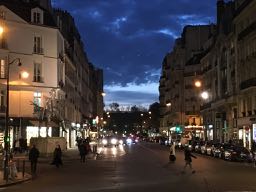Does anyone know more about the village of Vaugirard, which must have been somewhere along our street, the rue de Vaugirard, perhaps at the end?
The village of Vaugirard was known for its wines, exported way back in 1453.
[From A Quick Tour Of Paris – The South-Central Arrondissements]
I guess asking such a question before looking at the Wikipedia is just kind of dumb in 2010. I was just a few misspellings away from an answer. Here’s a partial situating of the village of Vaugirard.
To the south, quartier Saint-Lambert occupies the former site of the village of Vaugirard, built along an ancient Roman road of the same name. The geography of the area was particularly suited to wine-making, as well as quarrying. In fact, many Parisian monuments, such as the École Militaire, were built from Vaugirard stone. The village, not yet being part of Paris, was considered by Parisians to be an agreeable suburb, pleasant for country walks or its cabarets and puppet shows. In 1860 Vaugirard was annexed to Paris, along with adjoining villages. Today, the only notable attractions in this area are the Parc des Expositions (an exhibition center which hosts the Foire de Paris, agricultural expositions, and car shows), and Parc Georges Brassens, a park built on the former site of a slaughterhouse.
[From 15th arrondissement of Paris – Wikipedia, the free encyclopedia]
Origins of the name: “Vaugirard” came from an old French noun-and-genitive construction “val Girard” = “valley of Girard” (Latin vallis Girardi), after an Abbé Girard, who owned the land over which the road passes.
History: The road appeared in the fifteenth century, and led from Philip II’s city walls towards the village of Vaugirard. This route was itself based on an old Roman road.
The rue de Vaugirard today seems to be more associated with the 15th, since more of it runs through that arrondissement.






